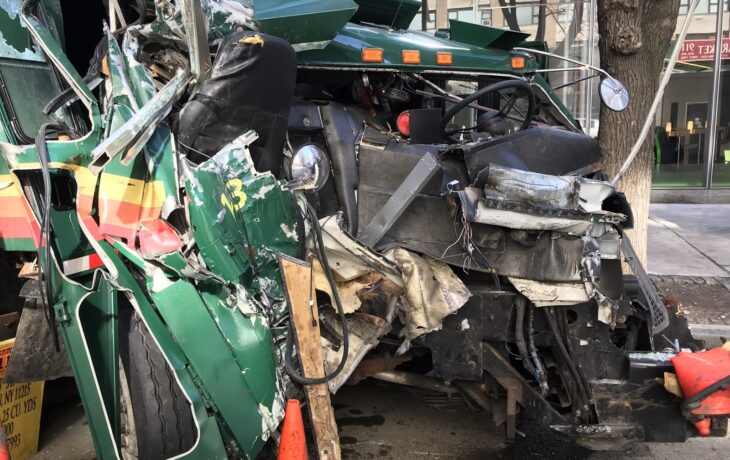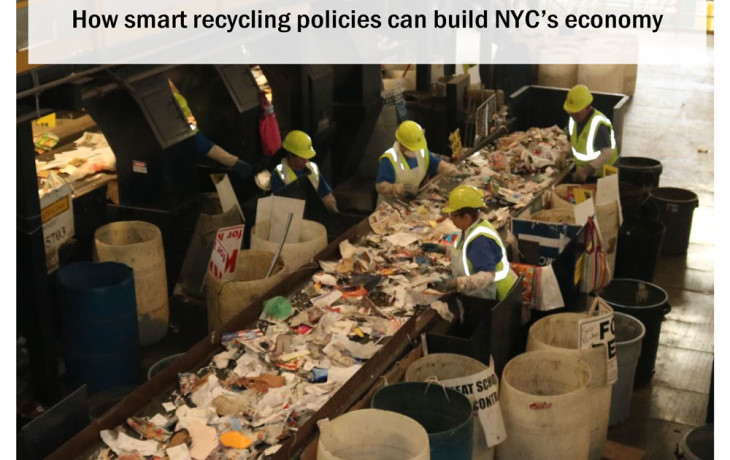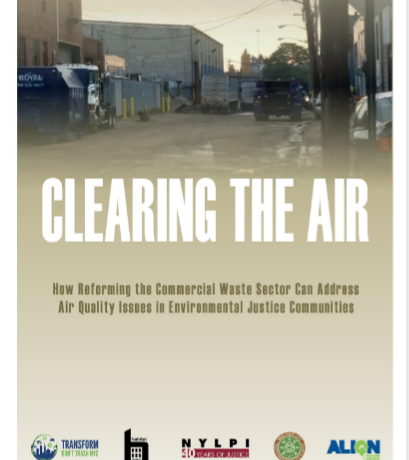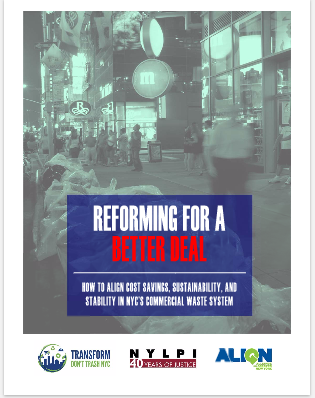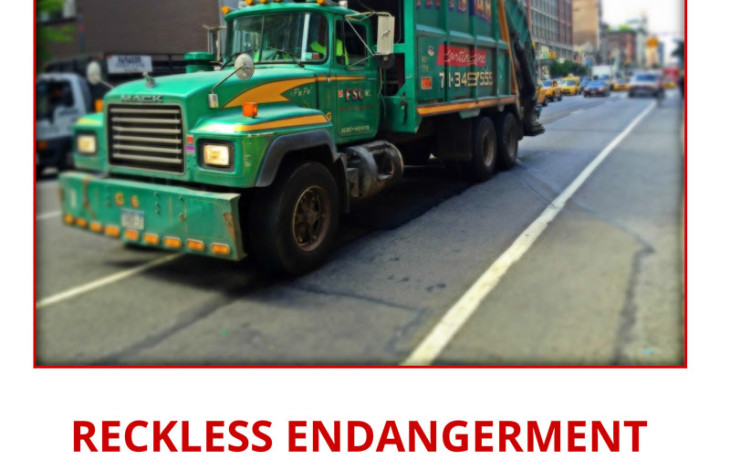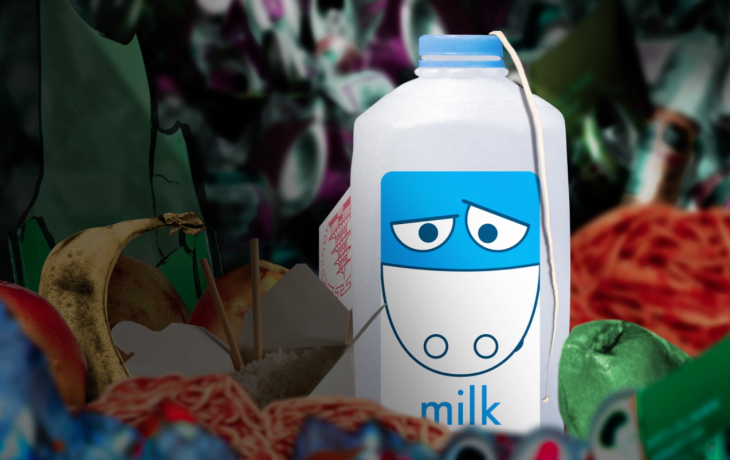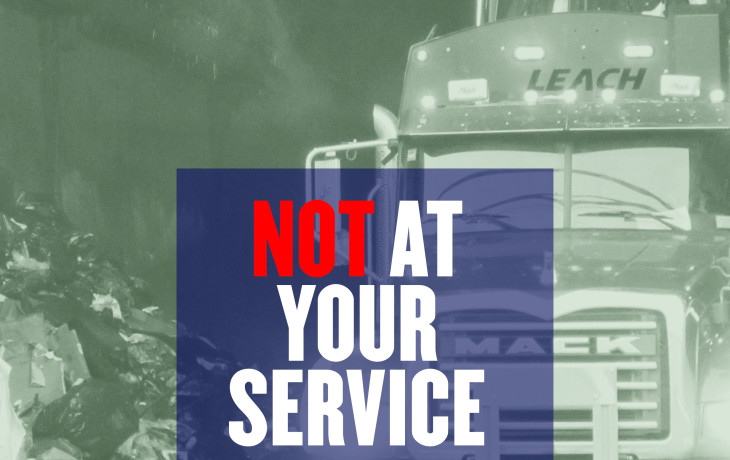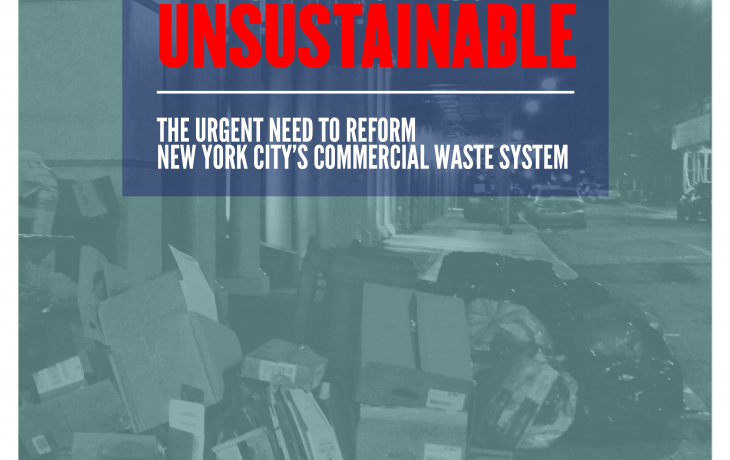Still More Dangerous: New York City’s Commercial Garbage Companies Continue to Put Workers and the Public at Risk
Still More Dangerous:
New York City’s Commercial Garbage Companies Continue to Put Workers and the Public at Risk
DOWNLOAD REPORT
As New York City moves forward with implementation of the Commercial Waste Zones Law (Local Law 199 of 2019), a
